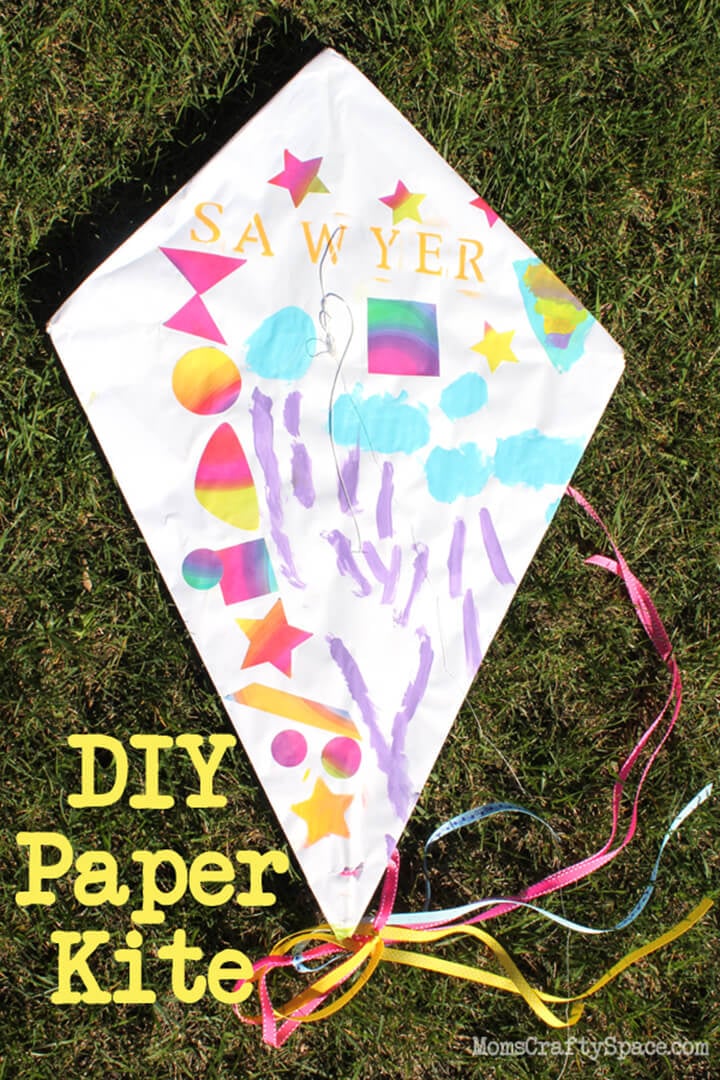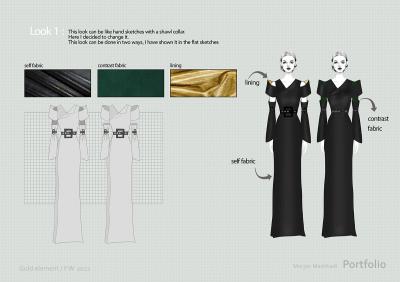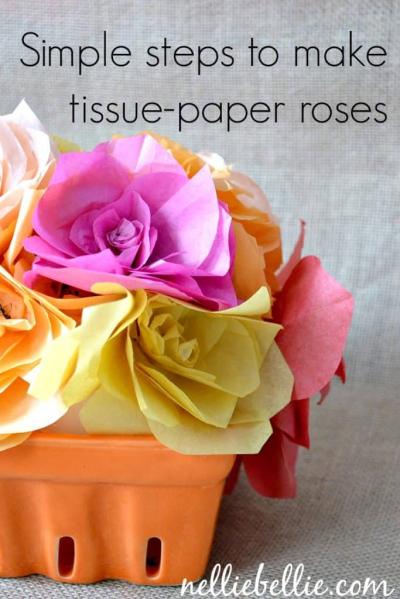Creating vibrant paper kites is a joyful activity that brings out the creativity in people of all ages. Whether you're looking to spend a fun afternoon with kids, or simply want to enjoy a relaxing DIY project, making your own kite can be incredibly rewarding. Not only do you get to express your artistic side by choosing colorful designs and patterns, but you'll also have a beautiful kite to fly once you're done! In this guide, we’ll walk you through the process step by step, making it as easy and enjoyable as possible.
Materials Needed

Before you start your kite-making adventure, it's important to gather all the necessary materials. Here's a handy list of what you'll need to create a vibrant paper kite:
- Paper: Choose lightweight, colorful paper such as craft paper, tissue paper, or even plastic. Bright colors and patterns can really make your kite stand out!
- Frame Materials: You could use wooden dowels, bamboo skewers, or sturdy straws for the kite frame. Ensure they are lightweight yet strong enough to support your paper.
- String: Kite string is essential for flying! Look for strong, lightweight string or twine that can withstand wind.
- Glue or Tape: Use a strong adhesive or clear tape to secure your paper to the frame. This will ensure that your kite holds up during flight.
- Scissors: You’ll need a pair of scissors for cutting both paper and frame materials to the desired lengths.
- Markers or Paint: Get creative and add designs or decorations to your kite with markers, paint, or stickers.
- Ruler: For measuring and ensuring your kite’s proportions are just right, a ruler will come in handy.
Once you have gathered all these materials, you’ll be ready to dive into the fun of creating your very own vibrant paper kite!
Preparing the Kite Frame
Creating a sturdy kite frame is an essential step in building a paper kite that can withstand wind while remaining lightweight. To start, you’ll need some materials. Here’s a quick list of what you’ll need:
- Bamboo sticks or flexible plastic straws
- String or twine
- Glue or tape
- Scissors
First, measure and cut your materials to the desired length. A traditional diamond-shaped kite typically has a frame made from two sticks, one longer than the other. The longer stick will form the vertical spine, while the shorter one will create the cross-bar for stability. Aim for a ratio where the spine is about 1.5 times the length of the cross-bar.
Next, it’s time to assemble your frame. Lay the longer stick vertically and position the shorter stick horizontally, forming a cross at the center. Once you’ve got it aligned, secure the sticks together with glue or tape. Make sure the connection is firm and stable. If you’re using bamboo sticks, consider tying them together with twine for extra durability.
Finally, you may want to reinforce the frame. Use additional tape or glue at the joints and, if you’re feeling crafty, wrap a colored paper or fabric around the sticks to add flair. This not only strengthens the structure but also gives it a nice aesthetic touch. You’re now ready to move on to the next step of crafting your vibrant paper kite!
Cutting and Designing the Kite Shape
Now that you have your frame ready, it’s time for the fun part—cutting and designing your kite shape! This is where your creativity really shines, so grab your materials:
- Colored paper or lightweight fabric
- Scissors
- Pencil and ruler
- Markers, stickers, or paint (for decoration)
Start by laying out your colored paper on a flat surface. Using your pencil and ruler, sketch the shape of your kite directly onto the paper. A classic diamond shape is always a winner, but feel free to experiment with other designs, such as a triangular or even a star shape!
Once you’ve finalized the shape, carefully cut along the lines you drew. If you’re using fabric, ensure you’re using sharp scissors to get clean edges. After cutting out the shape, it’s time to attach it to your frame.
Place your frame on the back of the cutout kite shape. Use glue or tape along the edges to secure it in place, ensuring it's snugly attached. Once that’s done, you can let your artistic side take over! Use markers, stickers, or paint to decorate the front of your kite. Consider adding patterns, designs, or even drawings to give it some personality!
This cutting and designing step is where your kite truly becomes unique! Take your time and enjoy the process. Once complete, you'll have a stunning, vibrant paper kite ready to fly high!
Adding Colorful Decorations
Now that you have your kite frame ready, it's time to bring it to life with some vibrant decorations! Adding color and art to your kite is one of the most enjoyable parts of the process. You can get as creative as you like—think patterns, drawings, or even mixed materials. Here’s how to spice up your kite:
- Choose Your Colors: Select color themes that resonate with you. Bright yellows, greens, blues, and reds can make your kite pop against the sky!
- Use Great Materials: Think about using markers, paints, or colored paper. You can also incorporate glitter or stickers for that extra sparkle!
- Plan Your Design: Before you jump in, sketch out your design on a piece of paper. This helps you visualize how the colors will come together.
- Be Bold: Don’t shy away from using bold patterns or mismatched colors. Contrasting hues can create an eye-catching effect that’s sure to turn heads.
- 3D Elements: Consider adding 3D decorations—like feathers, ribbons, or fabric flowers. These can add texture and dynamic movement when your kite flies!
Once you’ve added your decorations, let everything dry completely. The last thing you want is smudged colors when your beautiful kite takes to the skies!
Assembling the Kite
With your stunning decorated kite ready, it's time to assemble it! This is where all your hard work comes together. Don't worry—it's quite simple! Follow these steps for a seamless assembly:
- Prepare the Frame: Start by laying out your dried kite frame. Ensure you have all the components handy, including the tail, the paper or fabric covering, dowels, and the string.
- Attach the Covering: Place your decorated paper over the frame. Make sure it’s snug and taut without being overly stretched. Use glue or tape to secure the edges, ensuring no loose areas.
- Add the Tail: The tail is essential for stability. Attach your tail to the bottom of the kite using tape or glue. It should be long enough to help balance the kite while flying. Aim for a length of about 3-5 feet!
- Connect the String: Take the kite string and tie it securely to the frame. Look for a sturdy spot—usually where the horizontal dowel connects to the vertical one—as your anchor point. A strong knot here is crucial!
- Test and Adjust: Before you head out to fly, give your kite a gentle shake to see if everything feels secure. Make any adjustments if necessary, ensuring all parts are firmly attached.
Once assembled, you’re ready for the thrilling moment of flight! Grab your kite and head to a wide-open area where it can soar and dance in the sky.
7. Attaching the String
Alright, you've made it this far—your vibrant paper kite is taking shape! Now it’s time for a crucial step: attaching the string. This part is simpler than it sounds, and it sets you up for a day of soaring fun in the sky!
First, gather your materials:
- A strong kite string (like nylon or Dacron)
- Scissors
- Glue or tape (optional)
Here's a step-by-step guide to help you attach the string securely:
- Identify the spine: The spine is the vertical stick running down the middle of your kite. It's where you’ll attach your string.
- Take a series of small grabs: Loop the string around the top few inches of the spine. This gives you a secure base for launching.
- Make a knot: Tie the string securely around the spine. A simple double knot works great here. If you want extra security, you can dab a bit of glue or tape over the knot.
- Trimming excess: Snip off any excess string, making sure it’s neat and tidy. You don’t want it to interfere with your beautiful design!
And there you have it! Your kite is ready to fly, with the string securely attached. Get ready to feel the thrill as you launch it into the sky!
8. Tips for Flying Your Kite
Flying a kite is all about enjoying the breeze, being one with nature, and, of course, showing off your vibrant creation! Here are some tips to ensure you have the best flying experience possible:
- Pick the right day: Choose a day that’s not too windy. Ideally, a gentle breeze of 5 to 20 mph is perfect. Overly strong winds can lead to broken strings or kites!
- Find an open space: Look for a wide, open area—like a park or a beach—free from trees and power lines. The more room, the better!
- Launch with help: If possible, have a friend help you with the first launch. One person can hold the kite while the other pulls on the string.
- Angle your kite: When you’re ready to launch, hold your kite at a slight angle against the wind. Let the wind catch underneath it to lift it off the ground.
- Control your line: Once airborne, steer your kite with gentle pulls on the string. Too many jerks can cause it to lose altitude!
With these tips in mind, you are set for a fantastic kite-flying adventure. Remember to soak in the joys of the space fluttering above you—the world looks different from the sky!
How to Create Vibrant Paper Kites Step by Step
Kite flying is a delightful activity that brings joy to both kids and adults alike. Creating your own vibrant paper kite can be a fun and rewarding project. Follow these simple steps to craft a beautiful paper kite that will dance in the wind!
Materials Required
- Colorful paper (such as craft paper, wrapping paper, or plastic sheets)
- Kite frame (bamboo sticks or flexible plastic straws)
- String
- Glue or tape
- Scissors
- Markers or paints for decoration
Step-by-Step Instructions
- Design the Kite: Start by sketching your kite design on a piece of paper. Consider shapes such as diamond, delta, or box kites.
- Cut the Frame: Use bamboo sticks or plastic straws to create a frame. Cut them to the required lengths. Typically, the spine should be longer than the crossbar.
- Assemble the Frame: Use glue or tape to attach the crossbar to the spine, forming a T shape. Ensure it is sturdy.
- Prepare the Kite Skin: Cut the colorful paper into a shape that corresponds to your frame. Leave extra paper on the edges to wrap around the frame.
- Attach the Kite Skin: Wrap the edges of the paper around the frame and secure it using glue or tape.
- Decorate: Use markers or paints to add vibrant designs, patterns, or symbols to your kite skin.
- Attach the String: Create a loop at the top of the spine and tie the string securely to it.
Your kite is now ready to soar high in the sky. Enjoy the process of making your unique kite and cherish the moments spent flying it, creating memories that will last a lifetime!
Conclusion
By following these simple steps, you can create a vibrant paper kite that not only showcases your artistic flair but also provides a joyful experience of flying it on a sunny day.
 admin
admin








